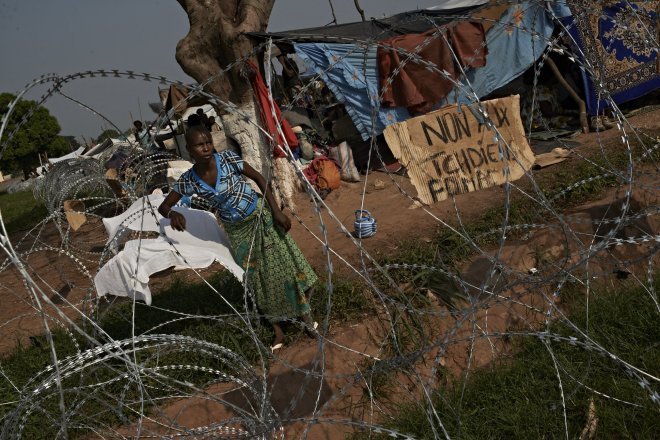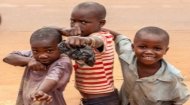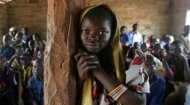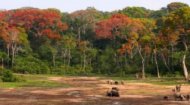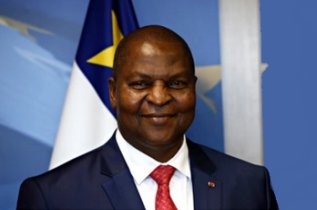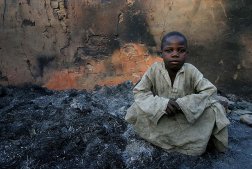
|
CAR Conflict |
CAR Conflict |
CAR Conflict | CAR Conflict |
For information, videos and photos of the Central African Republic check out our CAR profile pages.
More >
|

|
This pattern of political turmoil continued with a succession of governments, mainly military, until democracy was allowed to emerge in 1993. Democracy, however, did not bring about the changes required in a poor country that had suffered from years of internal divisions and the next ten years continued to see civil unrest, coup attempts, and revolts from soldiers and civil servants over unpaid wages. In 2003 Rebel leader Francois Bozize marched into the capital of the Central African Republic, Bangui, and declared himself President (whilst the then president Ange-Felix Patasse was out of the country. Patasse was later to be found guilty in his absence of fraud and sentenced to twenty years hard labour.) Bozize was confirmed as President in 2005 however by that time his authority was being challenged by the Union of Democratic Forces for Unity (UFDR) rebels, led by Michel Detodia, a rebel group that had previously supported him. The UFDR was comprised of three separate groups; the Groupe d'action patriotique pour la liberation de Centrafrique (GAPLC), the Mouvement des liberateurs Centrafricains pour la justice (MLCJ), and the Front democratique Centrafricain (FDC). Other rebel groups jostling for power were the Convention of Patriots for Justice and Peace (CPJP); the Union of Democratic Forces for Unity (UFDR); and the Popular Army for the Restoration of Democracy (APRD). The fighting between these groups (particularly the UFDR and CPJP) and government forces intensified, particularly in the north of the country with President Bozize effectively losing control of much of the country outside the capital of Bangui. By 2007, 300,000 people out of a population of just 4.4 million displaced. A peace deal was signed in 2008 however the CPJP remained active in the north of the country carrying out attacks on government forces. The Lord's Resistance Army then entered the fray carrying out multiple insurgencies into the Central African Republic terrorising much of its northern population and the instability was further fuelled by ongoing unrest in the neighbouring nations of Chad, Sudan, and the Democratic Republic of Congo. Bozize was re-elected in disputed elections in 2011 however he was eventually overthrown on 24th March 2013 when his government fell to the Seleka rebel group with its leader, Michel Djotodia, proclaiming himself President. Fighting continued between the rebel groups with hundreds of thousands being displaced and on 11th January 2014, Djotodia and his prime minister both resigned in favour of an interim government headed by the National Transitional Council with temporary President, Catherine Samba-Panza, assuming office on 23 January of that year. This supposed government for all "Central Africans, without exclusion" led to her losing the 2015-16 Central African general election to Faustin-Archange Touadera (left), however she stood again in the 2020 presidential election but received only 0.9% of the vote with Touadera being elected for a second term. Today the conflict in the Central Africa Republic is monitored by UN peacekeepers with the UN mission known as MINUSCA and violence continues with reports of the Presidential Guard opening fire on thse peacekeepers and developing concerns regarding Touadera's apparent deepening of ties with Russia. The video (above) explores the Central African Republic conflict in further detail and our CAR news page provides the latest developments. |
